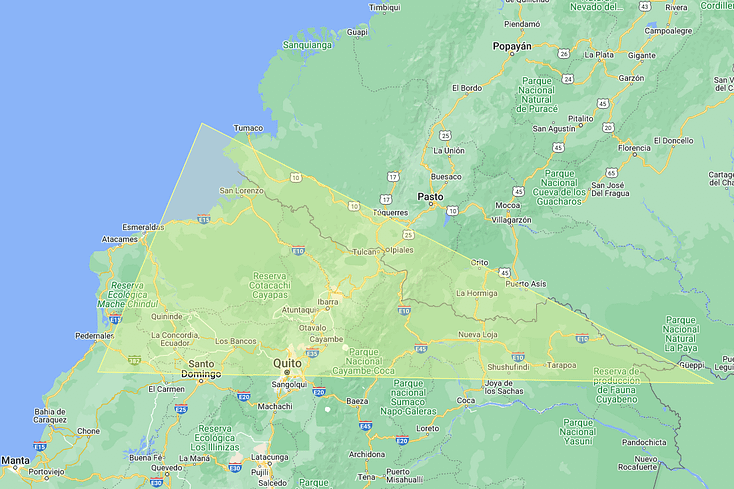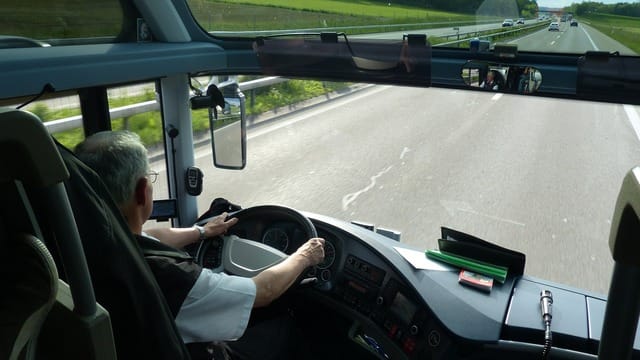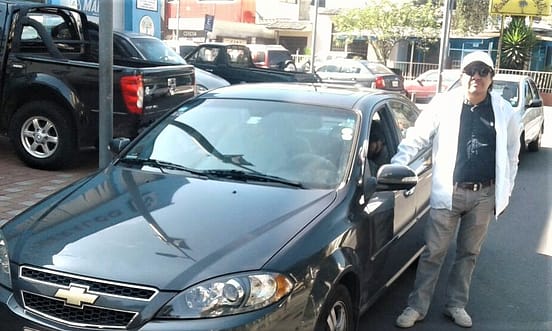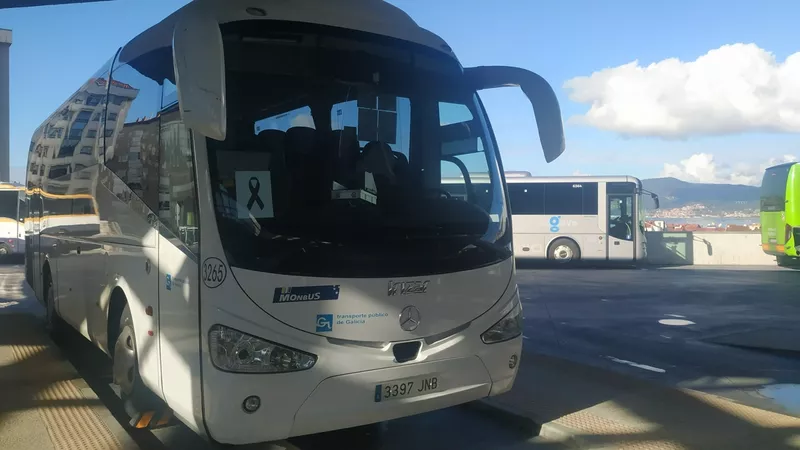Updated: April 2024
WHY IS CROSSING THE COLOMBIA TO ECUADOR BORDER A BIG DEAL?
For many years now, we have been sought out by international travelers who have a ton of questions about crossing the Colombia-Ecuador border. We have edited this article countless times trying to keep you up to date with the latest news, both official and some hushed secrets too!
Some want to go from Bogota to Quito, or Pasto to Tulcan, or Ipiales to Otavalo, or even to bypass Ecuador and go all the way to Peru instead, like Bogota to Lima.
All of it can be done, but not everyone wants to do it the same way.
Traveling by land from Colombia to Ecuador is a great option to explore southern Colombia and northern Ecuador. However, old information, or no information at all, can scare some travelers.
So, why all the questions? Is it hard? Dangerous?
While it *can* be one or both of those things, it doesn’t have to be either. If you know what your options are, you’ve got all your documents in order, and you plan ahead, it is actually a smooth and happy experience.
When it comes to bus travel, borders anywhere are often a big bottleneck. Inside a country, buses and trains operate under the same regulations, there are fewer legal and administrative hassles, currencies don’t need to be converted, etc.
But when a bus company — and you as a traveler — come to what is really an invisible line between one country and another, all kinds of obstacles and conditions suddenly crop up. So, 99% of transport providers just prefer not to bother with it, it’s just too much a headache and they instead will take you to the border but not across it.
There’s also the unfortunate and overrated stigma about the safety of the Colombia-Ecuador Border, given in particular Colombia’s history of conflicts. In reality, the myths are so foreign to the facts to the point of absurdity. The only way you can run into trouble is by doing one of two things: 1) seeking out trouble; or 2) wandering off from the crowd too far. It’s simple: don’t isolate yourself to the point of being vulnerable, and stick to established routes and processes.
I will explain here several crossings and options to make you feel equipped with the power of choice and foresight.
Keep in mind the options I discuss below don’t deal with visa or passport requirements, but the resource I suggest as a good place to start with those questions is VisaHQ.
CHOICE ONE: INTERNATIONAL BUSES CROSSING THE COLOMBIA-ECUADOR BORDER
A few international bus companies used to provide all-inclusive services across the border between the larger cities of Bogota, Cali, and Quito. However, they suffered from far too many complaints and abrupt cancellations. The vehicles were in awful shape, they would end up not going to the destination promised or let people off on the sketchy outskirts of a city, the delays of a bus arriving would be sometimes up to two days…the list goes on. Customers dwindled rightly so, and we don’t even mention those bus companies anymore as we wouldn’t want you to get anywhere near them.
There was another bus service from Bogota that had higher standards and good service, but it stopped providing its once-per-week service when the COVID pandemic began and hasn’t returned since. We hope it will soon and we’ll update our schedules accordingly if it does. However, this particular service also requires the passenger to commit to going all the way to Lima, Peru, which is a 2.5-day journey, and without any allowances for getting off the bus anywhere in Ecuador.
CHOICE TWO: DOMESTIC BUS + INTERNATIONAL SHUTTLE
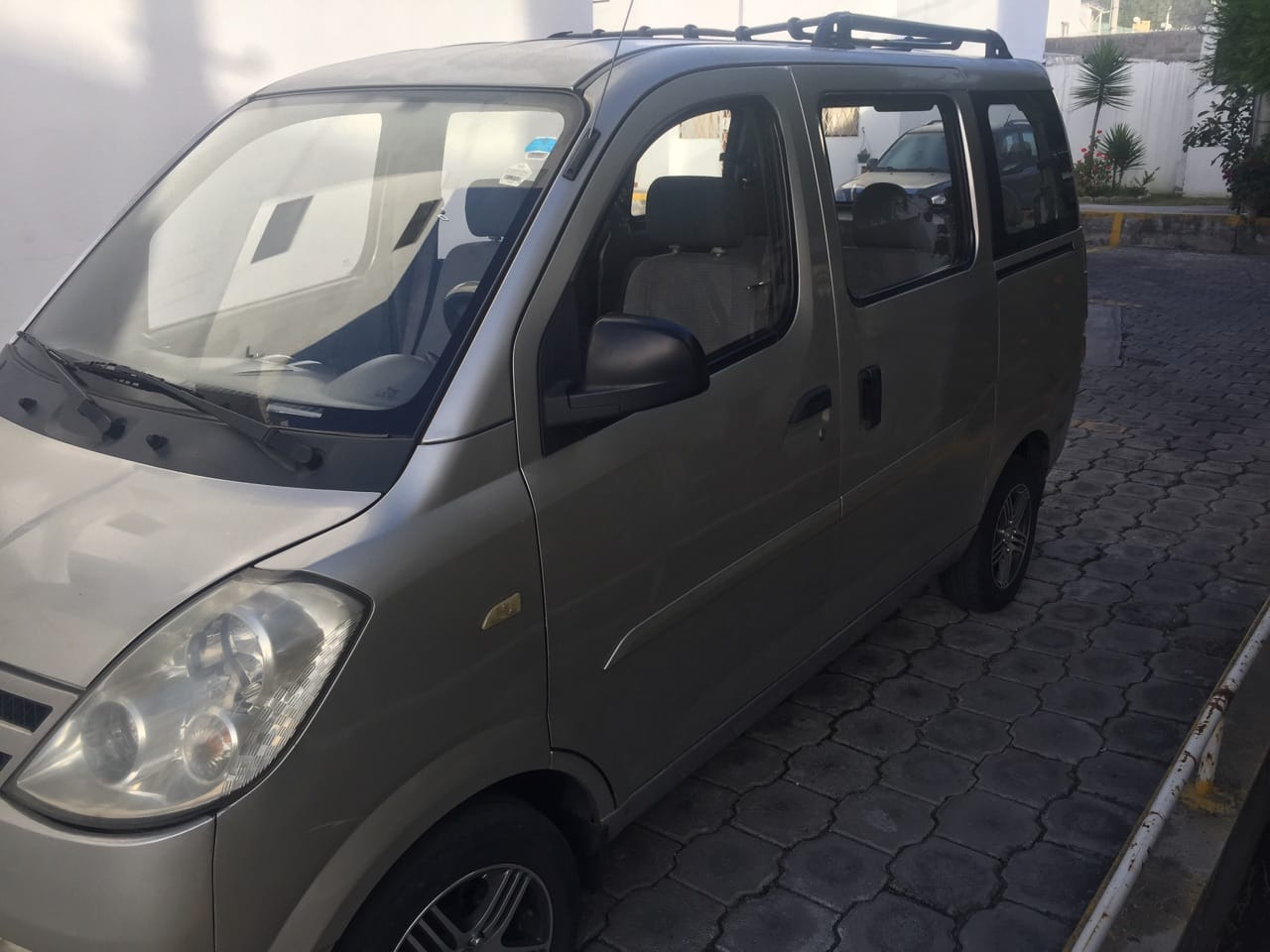
The easy alternative to the first option is simply to get a domestic bus to the border town of Ipiales, and then make a reservation for a private international transfer shuttle from Ipiales, Colombia to Ibarra, Otavalo, or Quito, Ecuador. You can get these “combos” in any combination with the buttons we have below.
Some key caveats about the international shuttle are that it is more expensive because it is a private trip arranged only for you; and it is limited to small groups of passengers. However, unlike bus drivers, the shuttle drivers offer a lot more personal attention to help you navigate through the migration protocols and confusing lines at the border offices, and they deliver you directly to your hotel in Ibarra, Otavalo, or Quito instead of a bus terminal.
One major benefit of either international buses or shuttles is psychological. You get the peace of mind knowing that the same company and the same driver are going to be with you and your luggage on both sides of the border. They are also going to stay with you as you go through the immigration procedures at the border checkpoints, and deliver you all the way to your international destination.
CHOICE THREE: LESSER-KNOWN CROSSINGS OVER THE COLOMBIA-ECUADOR BORDER
Ipiales is the main and most secure crossing, but it isn’t your only option. With each of these others that I will cover below, you need to be more alert to your personal surroundings, be willing to suffer bumpy or wet rides, and withstand some mayhem along the way due to a lack of consistency from one day to the next in transport connections. You also may be more scrutinized by border control officials, but in exchange, you will take the road less traveled and gain some really cool adventures. So, to thine own self be true!
San Miguel (Colombia)/La Punta (Ecuador) is a bridge that crosses the Río San Miguel in the jungle. It might be to your liking if you are planning to visit the famous Cuyabeno or Yasuní nature preserves in the Ecuadorian rainforest and want to get there using the shortest path from Colombia.
On the Colombian side of the bridge, there are no buses south of Mocoa, but you can order online bus tickets to or from Mocoa to other cities in Colombia. From Mocoa, there are several pickup trucks around town that go south to La Hormiga, and then from La Hormiga, other pickup trucks go down to San Miguel and the international bridge.
Only go during the day, as you’ll have more companions doing the same thing.
No vehicles can cross over the bridge unless they have a special license, and the majority do not. You can only cross on foot. Once on the Ecuador side, there are more pickup trucks or taxis available to pick you up and take you into the city of Lago Agrio (Nueva Loja). You can also pre-arrange a private transport option to pick you up on the Ecuador side of the bridge and take you to Lago Agrio.
Monte Alto-Tumaco (Colombia) / San Lorenzo (Ecuador) was for a brief time closed down due to regional conflict and a surge in narcotrafficking, until police ramped up their presence there and secured it. Still, this crossing is easily the most complicated but wildly adventurous. It crosses on the Pacific coast side of the two countries. The majority of the trip is all by sea and river, but there are portions where you’ll use makeshift land transport.
In Tumaco, take a taxi or pickup truck to get to Monte Alto. There you board another pickup truck going to Puerto Palmas. From Puerto Palmas, you transfer into a rustic boat and go over the river delta separating the two countries to the beach of Palmareal (an island, the northern tip of which is the actual border). You depart on another boat from Palmareal to San Lorenzo and will need to have your passport stamped there.
This is a full-day trip, so I highly recommend getting the morning departure from Tumaco so you can get into San Lorenzo before sunset. The whole trip will cost you in the neighborhood of USD $40, no more.
Are the borders ever closed?
Most border crossings are open during regular business hours, and in the case of the crossing at Ipiales to Tulcan, they are open 24/7. However, there are special occasions when the border is closed, which include days of national elections; occasions when there are protests blocking the highway such that transport cannot get through; and in a declaration of emergency when either country decides a weather-related event is severe enough or when some kind of humanitarian crisis is overwhelming the system (like the recent Venezuelan diaspora that has now gotten more under control).
The best thing to do is be flexible and wait, as closures usually only last for a day or two. If your schedule is tight, then make sure to keep abreast of the national news in Colombia and Ecuador (everything from political crises to weather that could impact the roads around the border). Ask your hotel or hostel receptionist about anything they’ve heard that is “stirring up the pot,” and certainly ask them about what holidays or national events like elections are coming up that will dramatically alter what the citizenry is doing on that particular day.
TRANSPORTATION OPTIONS
We’ve broken down links to various transportation options into three main categories of itinerary needs.
PRIVATE TRANSPORT
DOMESTIC (TO THE BORDER BUT NOT ACROSS)
Increased flexibility with departure dates, destination, and number of passengers. Reserve a private transfer to match your travel needs better.
Private transfers are available for departures starting in Ipiales and destined for Ibarra, Otavalo, and Quito. Other destinations near these three options are negotiable. You can also reserve additional private transfers from these destinations to other points in Ecuador using the same private shuttle reservation page on our partner site, Ecuadorbus.com.
USE THE MAP BELOW TO PLAN YOUR TRIP AND ROUTES:
